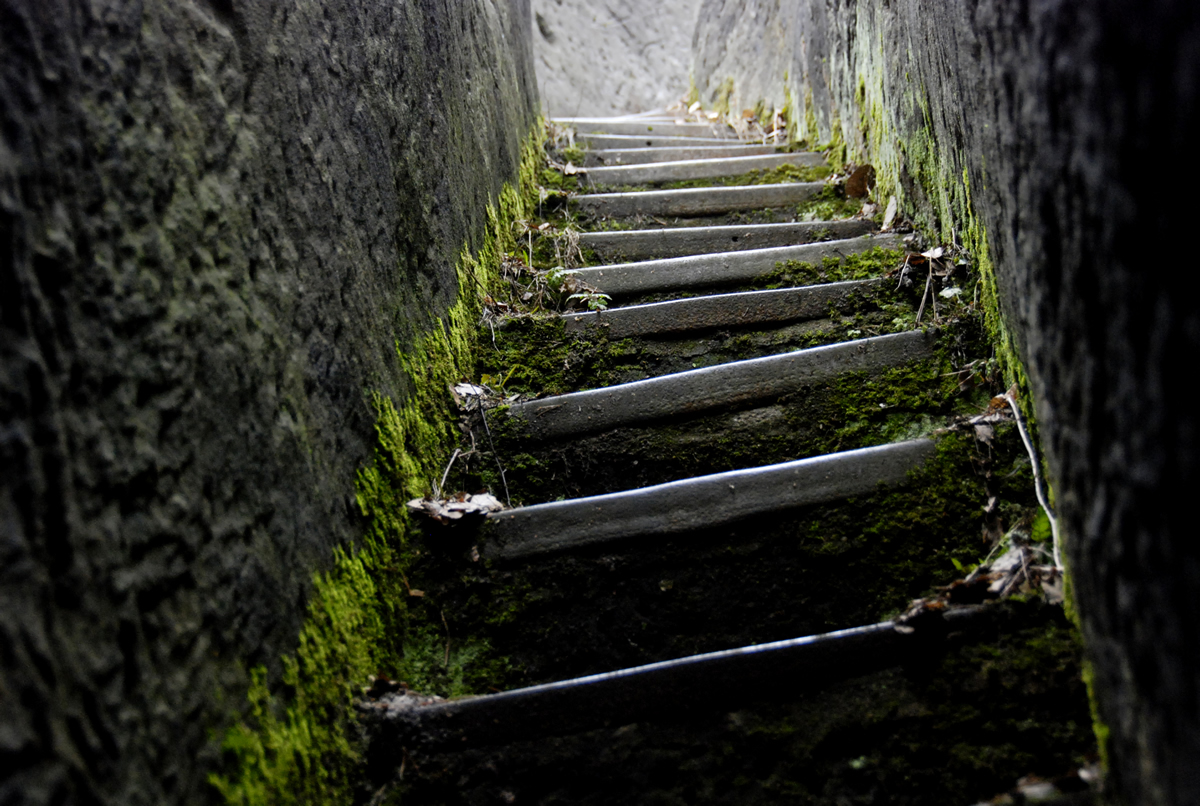“Arabian Street Artists” Bomb Homeland: Why We Hacked an Award-Winning Series | Heba Amin
The series has garnered the reputation of being the most bigoted show on television for its inaccurate, undifferentiated and highly biased depiction of Arabs, Pakistanis, and Afghans, as well as its gross misrepresentations of the cities of Beirut, Islamabad- and the so-called Muslim world in general. For four seasons, and entering its fifth, “Homeland” has maintained the dichotomy of the photogenic, mainly white, mostly American protector versus the evil and backwards Muslim threat. The Washington Post reacts to the racist horror of their season four promotional poster by describing it as “white Red Riding Hood lost in a forest of faceless Muslim wolves”. In this forest, Red Riding Hood is permitted to display many shades of grey – bribery, drone strikes, torture, and covert assassination- to achieve her targets. She points her weapon of choice at the monochrome bad guys, who do all the things that the good guys do, but with nefarious intent.
[…]
At the beginning of June 2015, we received a phone call from a friend who has been active in the Graffiti and Street art scene in Germany for the past 30 years and has researched graffiti in the Middle East extensively. He had been contacted by “Homeland’s” set production company who were looking for “Arabian street artists” to lend graffiti authenticity to a film set of a Syrian refugee camp on the Lebanese/Syrian border for their new season. Given the series’ reputation we were not easily convinced, until we considered what a moment of intervention could relay about our own and many others’ political discontent with the series. It was our moment to make our point by subverting the message using the show itself.




 Source: “Arabian Street Artists” Bomb Homeland: Why We Hacked an Award-Winning Series | Heba Amin
Source: “Arabian Street Artists” Bomb Homeland: Why We Hacked an Award-Winning Series | Heba Amin


